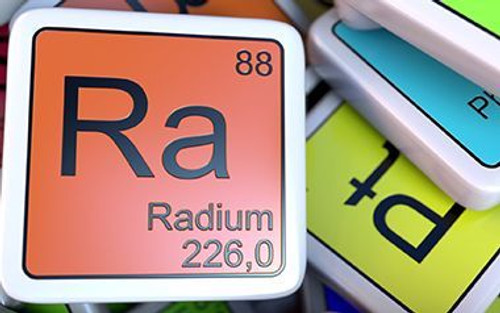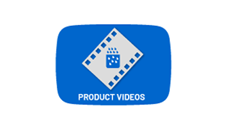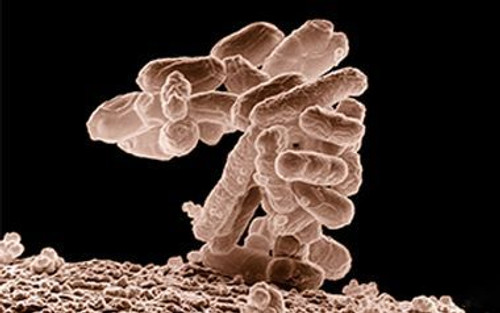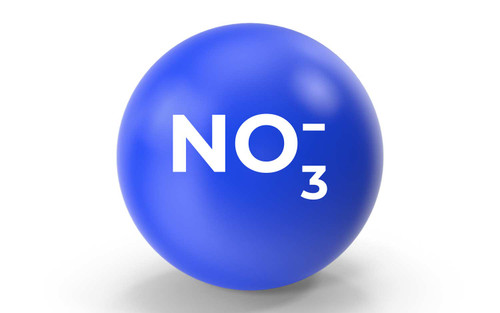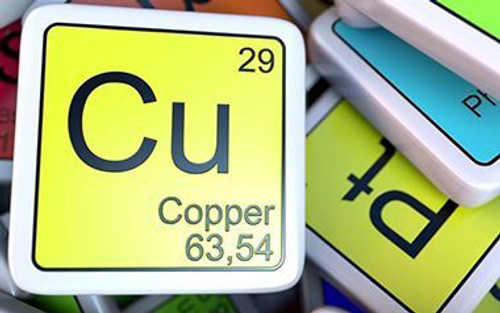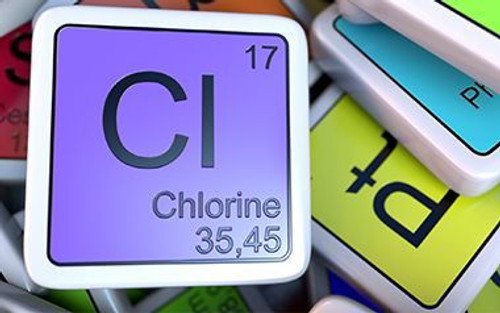Water treatment systems are designed to remove contaminants like uranium and radium from raw water sources to ensure these effects do not take place. Choosing the appropriate water treatment solution is important to the application of the water as well as the success of the filtration. The recommended solutions to this issue are Reverse Osmosis (RO) System and Ion Exchange System. RO system process consists of pressurizing water through a membrane that does not allow contaminants like uranium and radium to pass through. The process of ion exchange occurs by replacing radium and uranium with other harmless compounds through a resin bed.
[custom-specifications]
Radium and uranium are two radioactive elements that are commonly found in groundwater. As radium is comprised of environmentally decayed uranium, these elements are usually found hand in hand. When radium decays, another harmful contaminant, radon, is formed. Since these radioactive elements are produced from the decay of the other, it is crucial to ensure that water is free of all of these contaminants. Otherwise, they will continue to regenerate. Although radium is used for some severe medical treatments, there is generally no other beneficial conventional use to radium and uranium. These elements are detrimental to human health and can have extremely dangerous health effects resulting in diseases like cancer, birth defects, and kidney damage.
[/custom-specifications]
[custom-features]
Recommended Solutions:
- Reverse Osmosis System:
Reverse osmosis (RO) effectively removes 99% contaminants and inorganics including heavy metals, radium and uranium. The RO system is made to purify various types of water sources like tap, brackish and seawater by removing salts, dissolved solids (TDS), and other major contaminants. Reverse osmosis systems are proven to effectively remove about 99% of contaminants including radium and uranium in water. The reverse osmosis process using semipermeable membranes rejects bacteria, sugars, proteins, particles, dyes and other dissolved constituents.
RO System Diagram for Uranium + Radium Removal:
- Ion-Exchange:
Like most contaminants removed with ion exchange, radium and uranium will be absorbed by the resin bed and exchanged with a safer compound. They are then removed from the media through the process of regeneration to prevent buildup and will be concentrated in the brine. As long as the liquid waste from radium/uranium removal is less than the federal and state local limits, it can be discharged into a sanitary sewer.
Ion-Exchange System Diagram for Uranium + Radium Removal:
- Reverse Osmosis System
- Ion Exchange System
Related Projects:
- Industrial Pilot Unit 74,000 GPD - Saudi Arabia
- Industrial Brackish RO System 600,000 GPD – Saudi Arabia
- Nanofiltration Softening System 18,000 GPD - Mexico
[/custom-features]
[custom-usage]
Advantages:
- Auto regeneration when water quality falls below pre-set limit
- Convenient, modular construction
- No untreated by-pass water
- Parallel or Series Regeneration
- 12-volt operation (120/60hz/1pH transformer included)
- Fiberglass tanks or rubber lined steel for corrosion resistance
- Solid-state reliability for trouble-free service
- Optional recirculation pumps
- Compact, non-corrosive components
- Constant monitoring of water quality
- Easy, economical installation
- Automatic shut down in the event of power failure
- Optional programmable purge prior to regeneration
[/custom-usage]
[custom-documents]
[/custom-documents]
-
Great information!
Content was exceptional
- Related Project1:
- https://pureaqua.com/industrial-pilot-unit-74000-gpd-saudi-arabia/
- Related Project2:
- https://pureaqua.com/nanofiltration-system-for-drinking-water-3000-gpd-puerto-rico/
- Related Project3:
- https://pureaqua.com/industrial-brackish-ro-system-600000-gpd-saudi-arabia/
- Related Project4:
- https://pureaqua.com/automatic-triple-water-softener-for-drinking-400-gpm-usa/
 ENGLISH
ENGLISH ESPAÑOL
ESPAÑOL العربية
العربية PORTUGUÉS
PORTUGUÉS FRANÇAIS
FRANÇAIS

